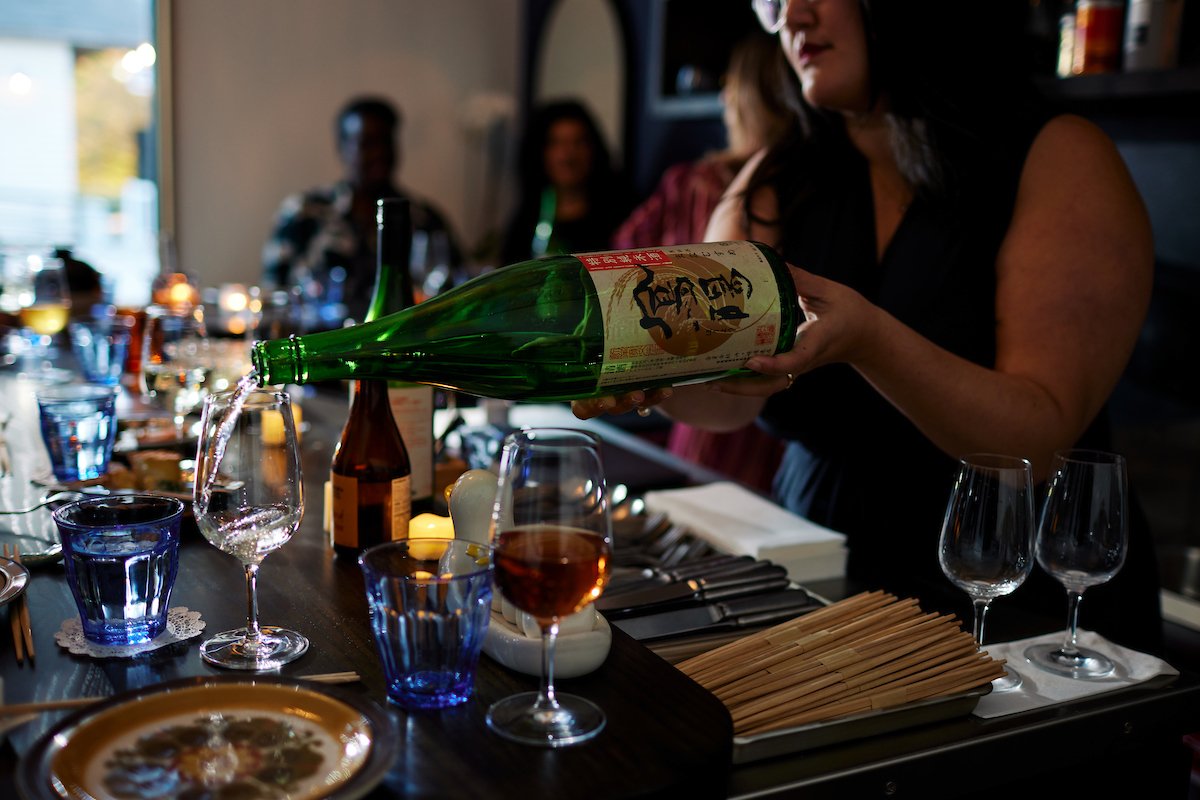
Our Blog
Temperature
Learn what temperatures to heat sake to and what sakes are best suited for heating.
Kimoto + Yamahai
Making up just 10% of all sake produced in Japan today, Yamahai and Kimoto are relics of sake’s 2,000-year-old history and testaments to Japan’s deep commitment to tradition and the past. Both styles depart from today’s modern (read: efficient) way of making a sake yeast starter, opting instead for two extremely old methods.
Namazake
There is nothing quite like the arrival of Spring in New England. As winter loosens its grip and the earth wakes from hibernation, a collective excitement for warmer, longer days takes hold. In Japan, this time is marked by the arrival of Namazake, a sake that perfectly captures nature’s annual awakening in a single sip.
Yeast
If you’ve ever gazed into a glass of sake and thought, “how the heck does something that looks like water smell like a floral bouquet and taste like a fruit salad?”, yeast is your answer. Besides being the agent changing sugar into alcohol, yeast is responsible for the wild-ranging aromas and flavors found in a glass of sake.









